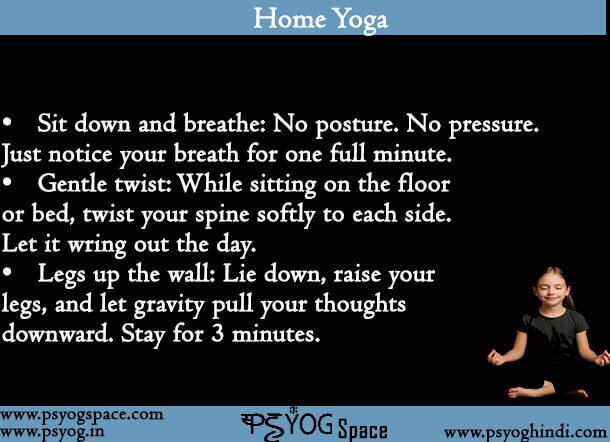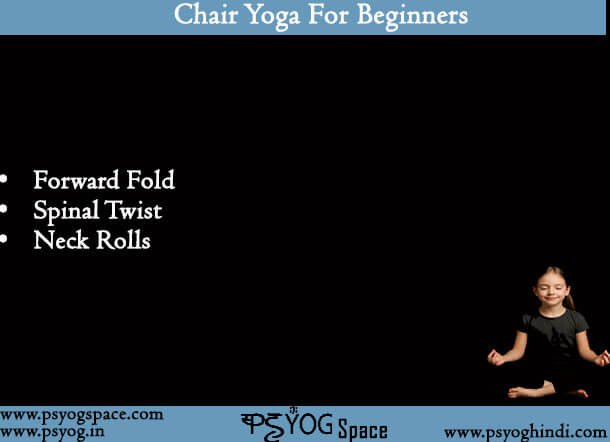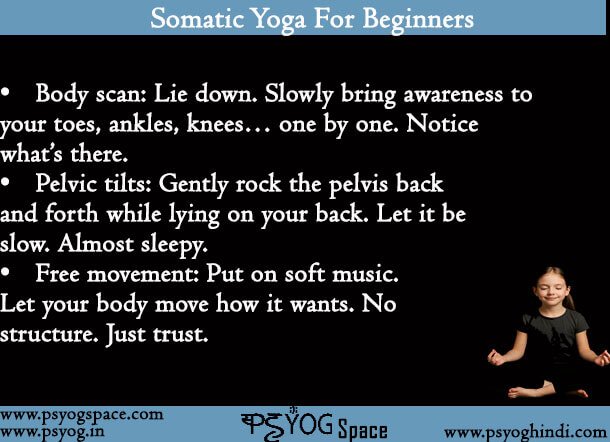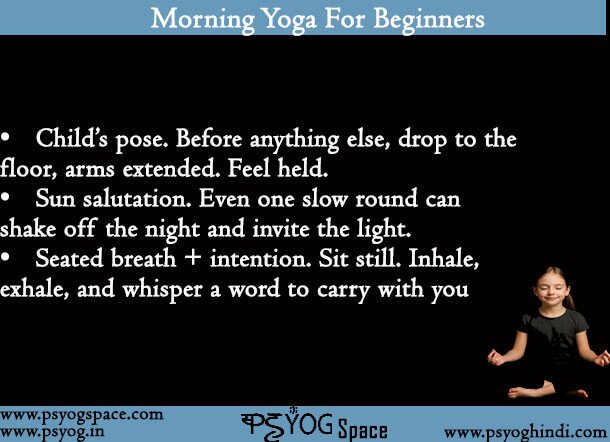Yoga For Beginners: Free Chair, Home Morning & Somatic Yoga
You don’t “start yoga” the way you start a workout plan. It’s not like suddenly deciding to do squats or drink green juice. Yoga is different. It’s not just about the body — though that’s where many of us begin. It’s deeper. Stranger. Older. More honest. Yoga for beginners is less about how far you can stretch and more about how deep you’re willing to feel.
Some begin in silence, before the sun rises — practicing morning yoga for beginners as a way to align with something larger. Others find stillness in movement — turning to somatic yoga for beginners, letting their body tell the truth. Some do it at the kitchen table, in a desk chair — free chair yoga for beginners. And many simply roll out a mat in their bedroom and call it their temple — discovering yoga for beginners at home on their own terms.
Wherever you are, whatever shape you’re in, there’s a doorway here. Not to fitness — to presence.
Yoga For Beginners At Home At Your Comfort
Let’s start here, at home. No studio. No incense. Just you.
Yoga for beginners at home is not a downgrade. It’s not “second-best” because you didn’t sign up for a class or can’t touch your toes. In fact, it might be more real. More raw. Because there’s no one watching. Just you and the space you’re in.
And here’s the part no one talks about — yoga isn’t just physical. Never was. Not in the old texts. Not in the sacred caves where sages sat for years. Yoga, real yoga, is what happens when the noise dies down — and the soul begins to hear itself again.
See, the physical poses? The asanas? They’re not the destination. They’re preparation. Yoga prepares the body so it can sit. Still. Unmoving. Long enough for the mind to settle. Long enough for the spirit to rise.
Because the true meaning of yoga isn’t “stretching.” It’s union. The merging of the little self with the big one. Of the body with the divine. Of the distracted mind with what lies beneath all thought.
Yoga for beginners at home can be your first sacred act.
Try this:
- Sit down and breathe. No posture. No pressure. Just notice your breath for one full minute.
- Gentle twist. While sitting on the floor or bed, twist your spine softly to each side. Let it wring out the day.
- Legs up the wall. Lie down, raise your legs, and let gravity pull your thoughts downward. Stay for 3 minutes.
No performance. Just presence. Do this regularly, and your room will feel different. You will feel different.
Let yoga for beginners at home become your way back to you.
Also Read:

Free Chair Yoga For Beginners
Let’s say getting on the floor isn’t happening today. Maybe your knees hurt. Maybe your energy’s low. Or maybe you just… don’t feel like it. That’s not a failure. That’s reality. And that’s exactly where free chair yoga for beginners comes in.
It’s yoga, without the acrobatics. Just a chair. A seat. A willingness to pause.
Some of the most calming, healing movements I’ve ever done happened while sitting. It’s not about mobility — it’s about receptivity. And sometimes, a chair is the perfect container for that.
Try these:
- Neck rolls: Gently circle your head. Right, left, forward, back. Feel how much you’re holding.
- Spinal twist: Place one hand on the opposite knee and twist softly. Breathe into your back ribs.
- Forward fold: From seated, bend forward over your legs and let your arms dangle. Let it all go.
Free chair yoga for beginners isn’t yoga-lite. It’s yoga that listens. It meets the body where it is — without force. Without shame.
You can do this at work. At home. In bed even. Because free chair yoga for beginners is about healing, not proving.

Somatic Yoga For Beginners
There’s a silence in the body that most of us never hear. We’re too busy “doing yoga” to actually feel.
Somatic yoga for beginners isn’t about poses. It’s about presence. About slowing down enough to notice — oh, wow, I’ve been clenching my jaw for years. Or: I don’t feel anything in my stomach. Or: my chest is buzzing and I never realized.
Somatic means “body-based.” But not in the gym way. In the memory way. In the emotional way.
When we’ve gone through stress, trauma, chronic burnout — the body holds it. Not just symbolically. Literally. Muscles stay tight. Breathing gets shallow. We check out of our own skin.
Somatic yoga for beginners is about coming back in.
Try this:
- Body scan: Lie down. Slowly bring awareness to your toes, ankles, knees… one by one. Notice what’s there.
- Pelvic tilts: Gently rock the pelvis back and forth while lying on your back. Let it be slow. Almost sleepy.
- Free movement: Put on soft music. Let your body move how it wants. No structure. Just trust.
The first time you try somatic yoga for beginners, you might cry. Or feel nothing. Or get frustrated. That’s okay. Just keep coming back.
Because this kind of yoga doesn’t change how you look. It changes how you live.
New Reads:

Morning Yoga For Beginners
There’s a reason sages have always woken before the sun. The morning isn’t just a time of day. It’s a doorway. A threshold. A space where the soul can speak before the world shouts over it.
Morning yoga for beginners isn’t about discipline. It’s about devotion. You rise — even groggy, even stiff — and you bow to the stillness.
It doesn’t need to be complicated. One stretch. One breath. That’s enough to shift something.
And when you start your day from the inside out — instead of the outside in — everything feels different. You’re not reacting. You’re responding. You’re not fighting the day. You’re flowing through it.
Try this:
- Child’s pose: Before anything else, drop to the floor, arms extended. Feel held.
- Sun salutation: Even one slow round can shake off the night and invite the light.
- Seated breath + intention: Sit still. Inhale, exhale, and whisper a word to carry with you (like peace, strength, or surrender).
Let morning yoga for beginners be your quiet revolution. A daily ritual of remembrance. Of choosing who you want to be — before the world decides for you.

Conclusion
Yoga isn’t about the perfect pose. Or the expensive mat. Or the number of classes you take.
It’s about remembering who you are.
Every time you show up — whether it’s through yoga for beginners at home, sitting tall in free chair yoga for beginners, moving softly with somatic yoga for beginners, or grounding your soul in morning yoga for beginners — you’re not just stretching.
You’re waking up.
You’re clearing the static so your inner knowing can speak.
You’re becoming available to the divine.
And that? That’s yoga.
Yoga for beginners is not the beginning of a routine.
It’s the beginning of a return.
Just For You:
FAQs
Start by forgetting what you think yoga is. Don’t chase flexibility. Don’t mimic others. Begin with breath. With attention. Sit. Breathe. Move slowly. Let it be ugly. Let it be honest. Ten minutes is enough. Trust that showing up — even imperfectly — is the real practice.
Absolutely. In fact, many people find learning at home more intimate and freeing. There’s no pressure, no comparison. Use your phone, a free video, or just follow your breath. Create a corner, light a candle if you like. Let your home become your temple.
You don’t begin somatic yoga by doing — you begin by feeling. Start with stillness. Close your eyes. Scan your body. Then add slow, gentle movement — with your awareness fully inside each sensation. There are no rules, no right shapes. The point is to notice, feel, and release.

